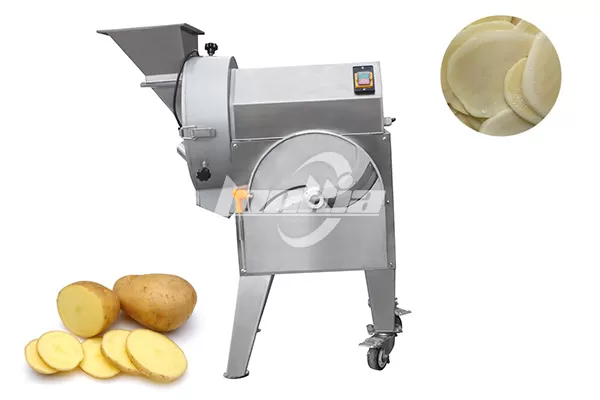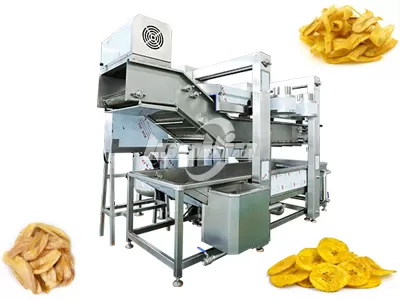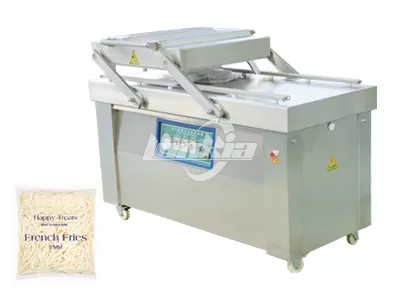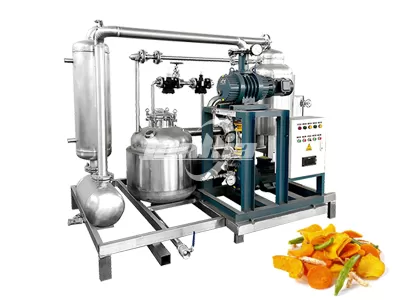The potato chips industry remains one of the most profitable and fast-growing segments of the global snack market. Whether you’re planning to start a small local chips brand or expand a restaurant’s snack line, investing in a small scale potato chips making machine is the first and most important step. This article will walk you through the cost, influencing factors, and practical considerations for 2025.
1. What Is a Small Scale Potato Chips Making Machine?
A small scale potato chips making machine is designed for startup or medium-sized snack producers. It helps you automate the key steps of potato chips production — washing, peeling, slicing, frying, de-oiling, seasoning, and packaging — all in a compact, efficient line.
Compared with large industrial systems, small-scale machines are more affordable, require less space, and are easier to operate, making them ideal for entrepreneurs or small food factories.
2. Small Scale Potato Chips Machine Price in 2025
The cost of a small potato chips making machine varies depending on its capacity and automation level. As of 2025, the estimated price ranges are as follows:
| Type | Capacity (kg/h) | Estimated Price (USD) | Best For |
|---|---|---|---|
| Basic Manual/Semi-Automatic | 30–100 | $2,000 – $5,000 | Startups, small restaurants |
| Automatic Small Line | 100–300 | $6,000 – $12,000 | Small-scale factories |
| Compact Full Line | 300–500 | $12,000 – $20,000 | Medium-sized snack producers |
If you’re just starting your business, a semi-automatic system with 100 kg/h output is often the most cost-effective choice — it offers a good balance between production capacity and initial investment.

3. What Determines the Price?
Several key factors influence how much a small-scale potato chips making machine costs:
① Production Capacity
The higher the output (in kilograms per hour), the larger the machine, power consumption, and number of integrated modules — all of which raise the price.
② Automation Level
Semi-automatic systems require some manual work, while automatic machines can complete washing, slicing, frying, and packaging continuously. Automation saves labor but increases the upfront cost.
③ Material and Build Quality
Machines made with 304 or 316 stainless steel are more expensive but ensure better food hygiene, corrosion resistance, and durability.
④ Functions Included
A basic setup might only handle slicing and frying, while a more advanced line includes washing, peeling, frying, de-oiling, cooling, seasoning, and packaging — each module adds cost.
⑤ Customization Options
If you require specific slice thickness, automatic temperature control, oil filtration, or energy-saving features, expect the price to rise accordingly.
⑥ Brand and After-Sales Support
Reputable manufacturers often provide better service, training, and spare parts availability, which adds to initial cost but saves money in the long term.
4. Example Cost Breakdown
Let’s take an example of a 100 kg/h small potato chips making line to understand the pricing structure:
Potato washing & peeling unit: $1,200
Slicing machine: $800
Fryer with oil filter: $2,500
De-oiling and cooling system: $1,200
Seasoning drum: $800
Packaging machine: $1,500
→ Total estimated investment: $8,000 – $9,000
This budget allows you to produce up to 100 kg of potato chips per hour — enough for small retail supply or local markets.

5. Tips Before You Buy
Estimate Your Market Demand – Know how much you plan to produce per day and size your equipment accordingly.
Check Power and Space Requirements – Make sure your facility supports the voltage and floor area required.
Compare Suppliers – Ask for machine specifications, warranty terms, and delivery times from multiple manufacturers.
Plan for Future Growth – Choose modular systems that can be upgraded later as your production increases.
Focus on Quality, Not Just Price – A cheaper machine with poor performance can cost more in downtime and maintenance.
6. Is It a Profitable Investment?
Absolutely. A well-chosen small potato chips machine helps you:
Reduce manual labor and oil waste
Produce consistent chip size and texture
Increase productivity and hygiene standards
Achieve fast ROI by serving stable, high-demand markets
Even small-scale setups can generate strong profits when operated efficiently with good quality control and marketing.
7. Conclusion
In 2025, the small scale potato chips making machine price generally falls between $2,000 and $12,000, depending on capacity and automation level. For most startups, budgeting around $8,000 provides a reliable, semi-automatic production line suitable for commercial use.
With careful planning, equipment selection, and smart cost management, your potato chips business can start strong and grow sustainably in the competitive snack food market.



